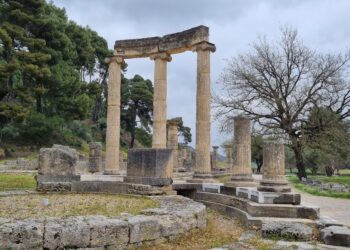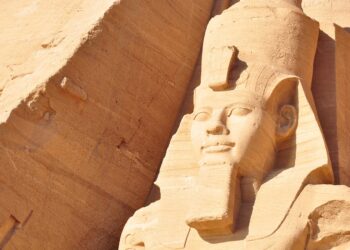What was a common use of obelisks in ancient Egypt?
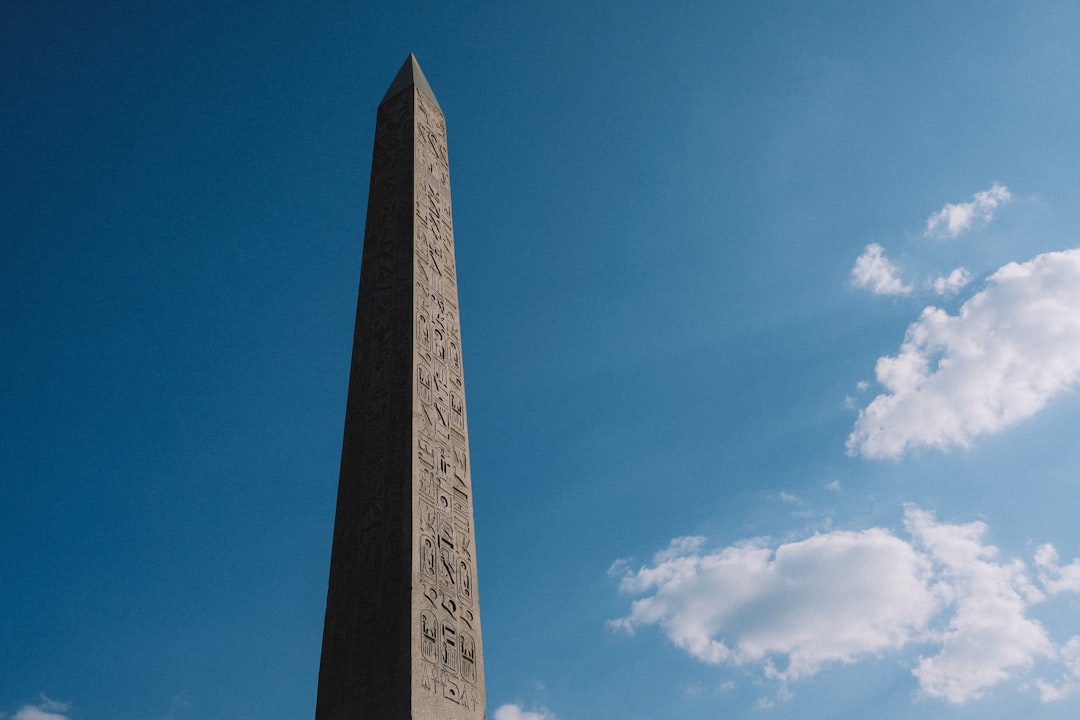
Symbol of political power
Measurement of time
Religious ceremonies
Architectural decoration
Which civilization is credited with the invention of the water clock?
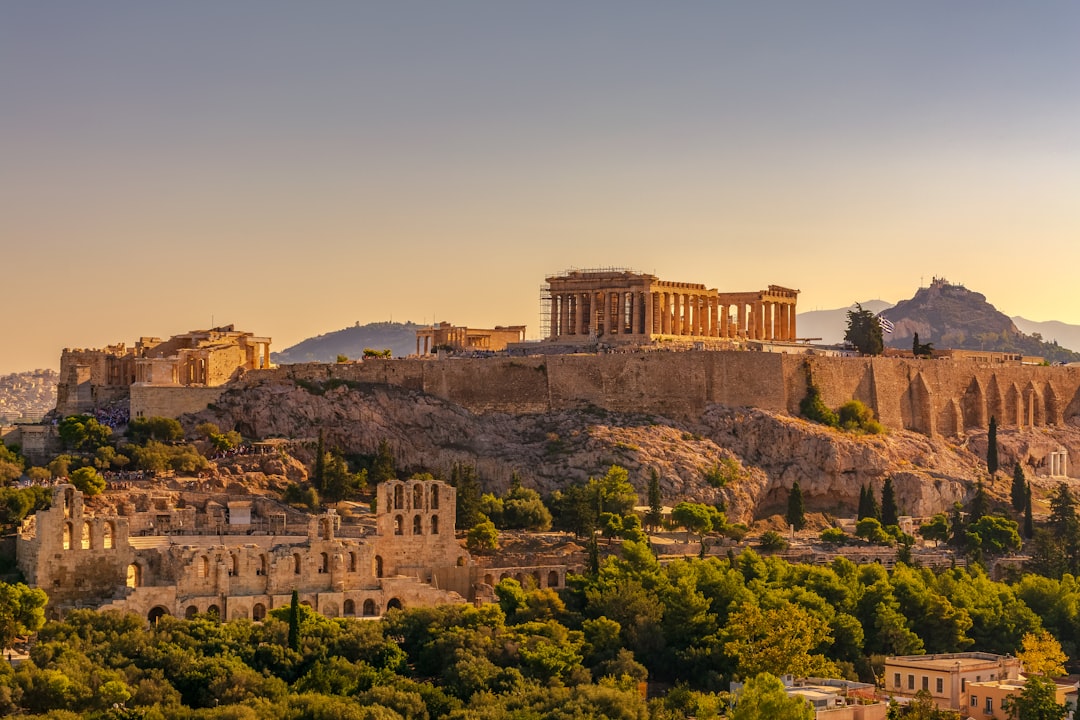
Greeks
Egyptians
Romans
Babylonians
What is the main principle behind a sundial?
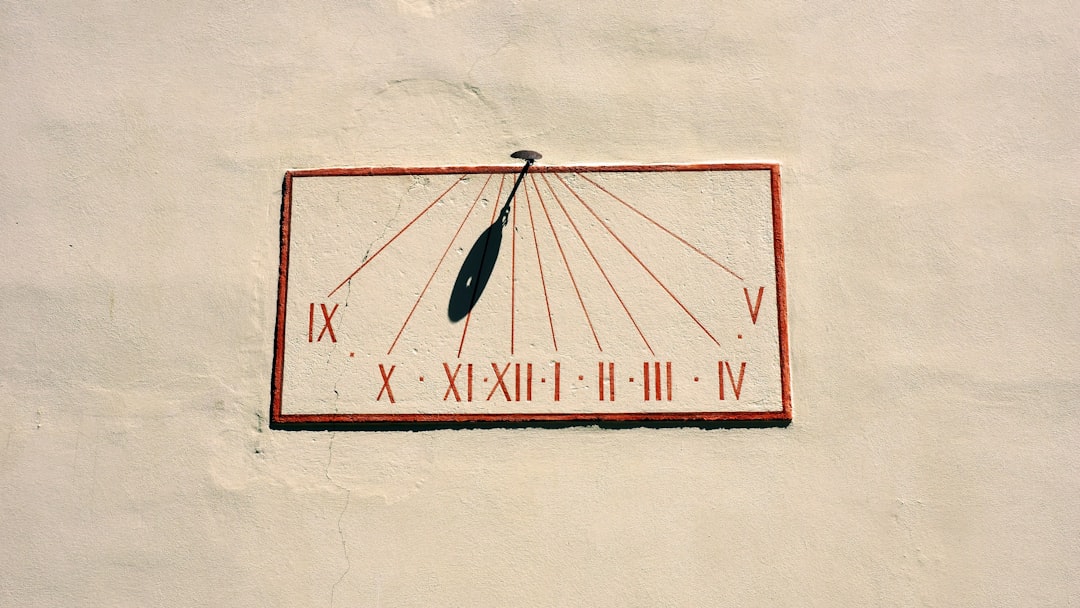
Water flow
Shadow position
Sand movement
Fire intensity
The Antikythera mechanism is believed to be an early form of what?
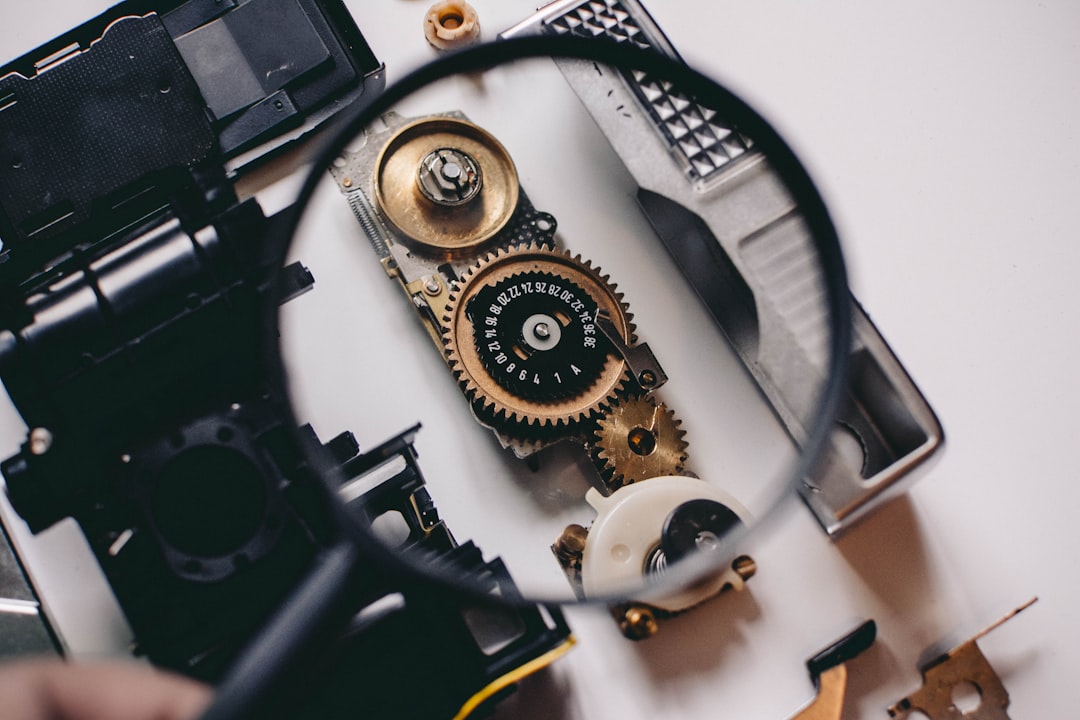
Mechanical clock
Water clock
Astronomical calculator
Solar tracker
What is an incense clock?
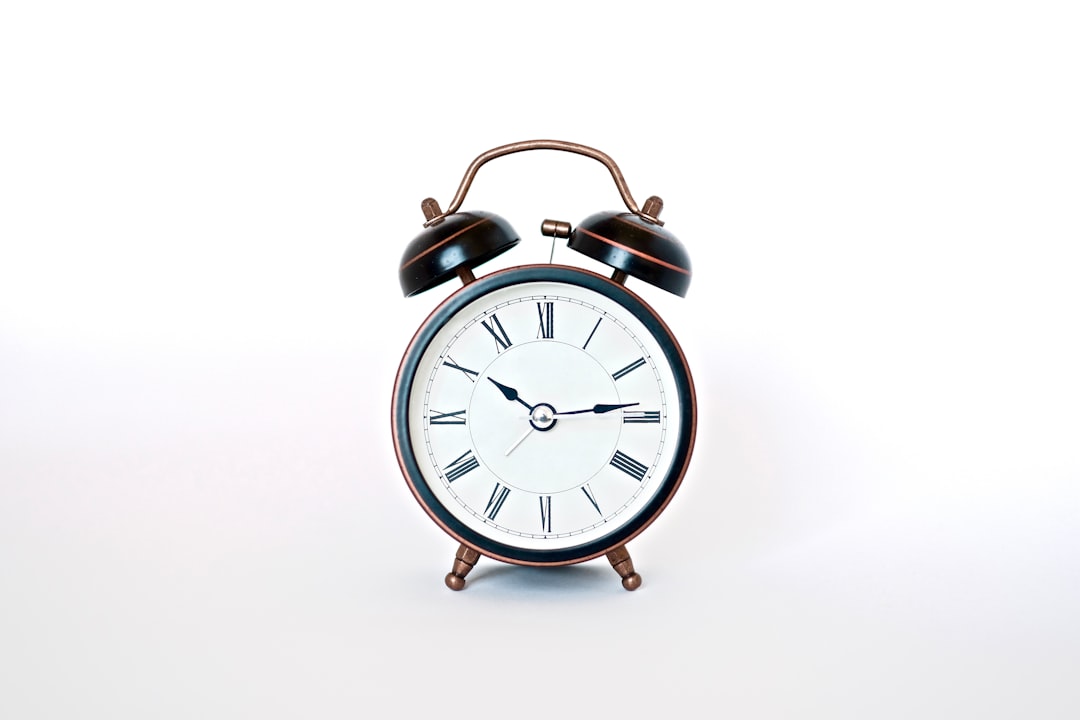
Uses flowing water
Burns incense at a set rate
Utilizes sand
Measures shadows
What type of clock uses flowing sand to measure time?
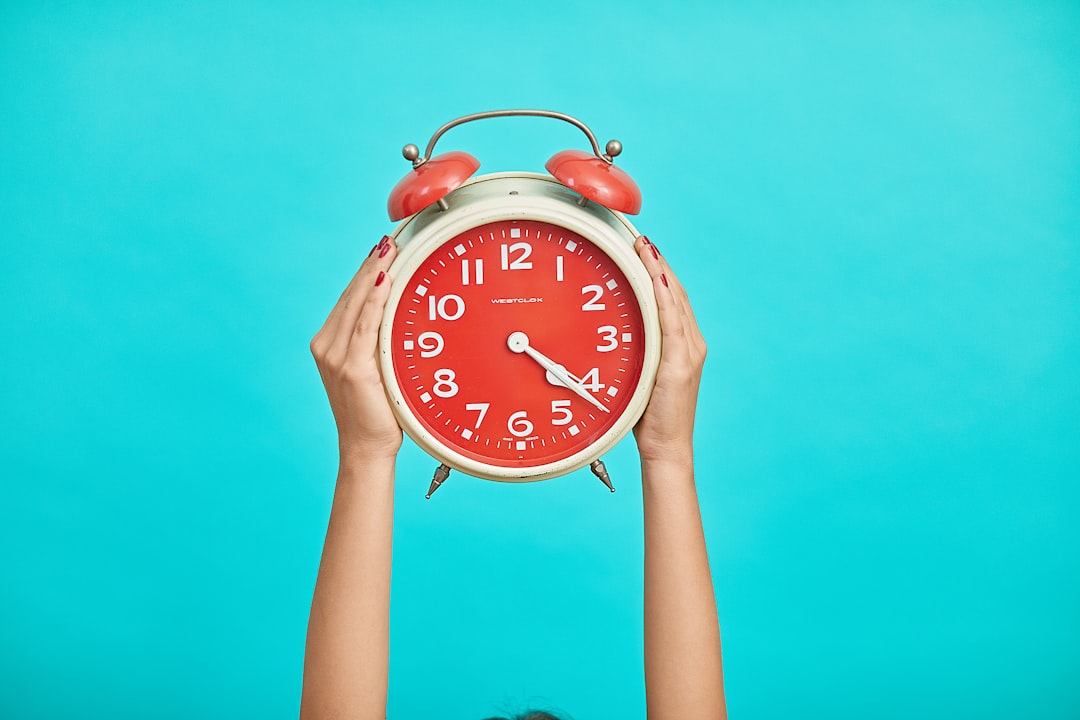
Water clock
Digital clock
Sundial
Hourglass
Which device did medieval Islamic scientists use to determine the time of day?
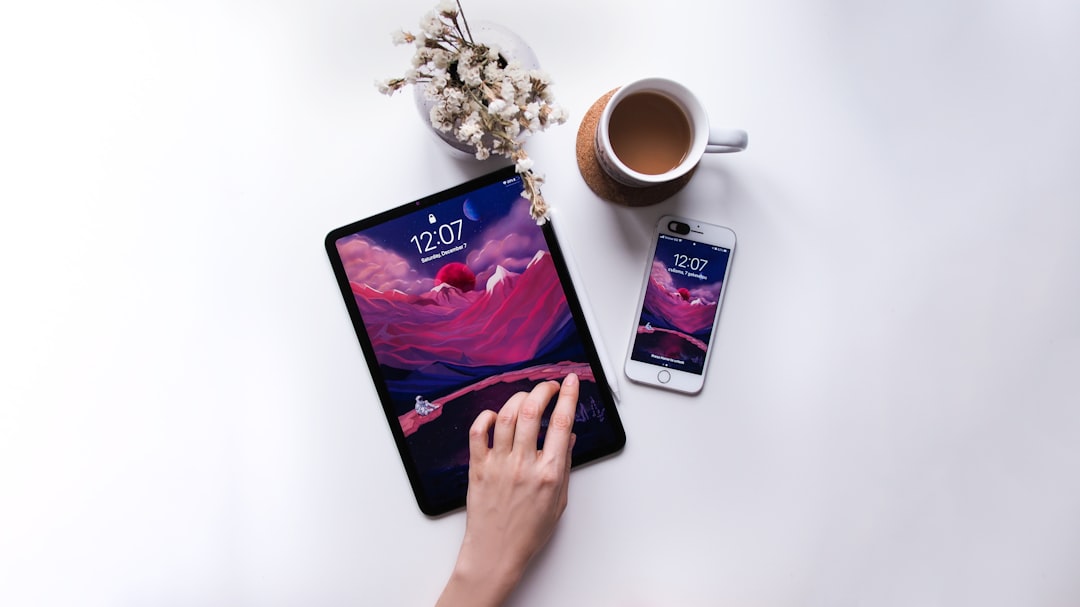
Astrolabe
Candle clock
Pendulum clock
Quartz clock
In ancient China, what timekeeping device was developed that used mechanized figures and drums?
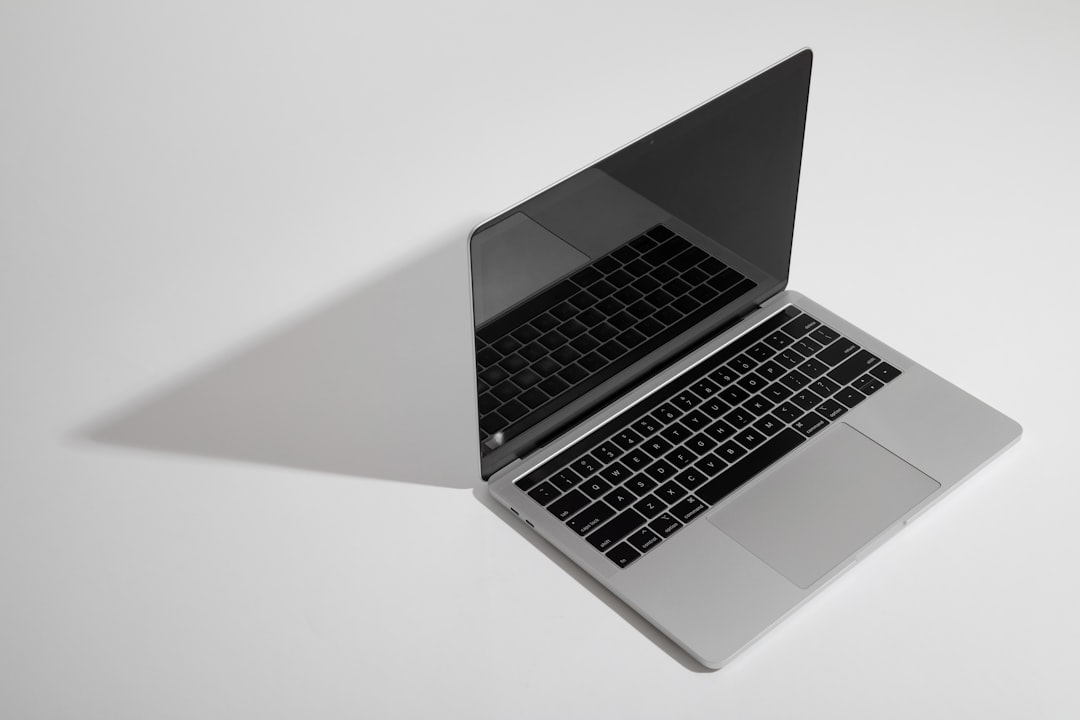
Water clock
Sundial
Candle clock
Mechanical clock
What type of early clock was commonly used in medieval churches?
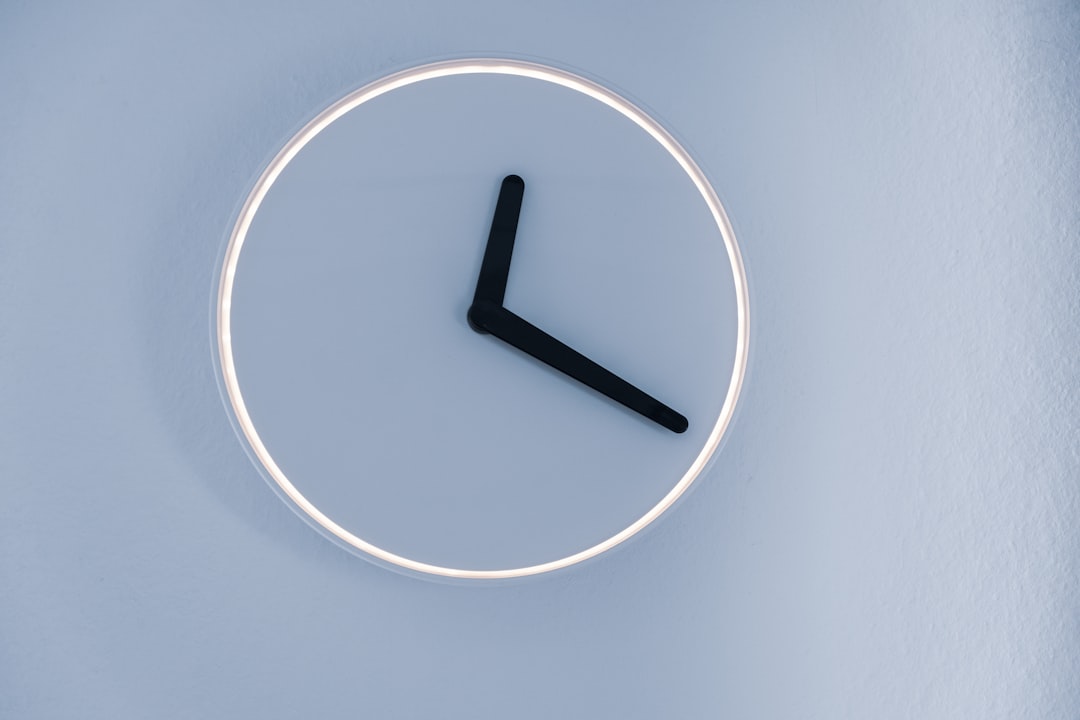
Digital clocks
Water clocks
Mechanical clocks
Candle clocks
Which ancient device was used to track celestial events and also served as an early form of timekeeping?
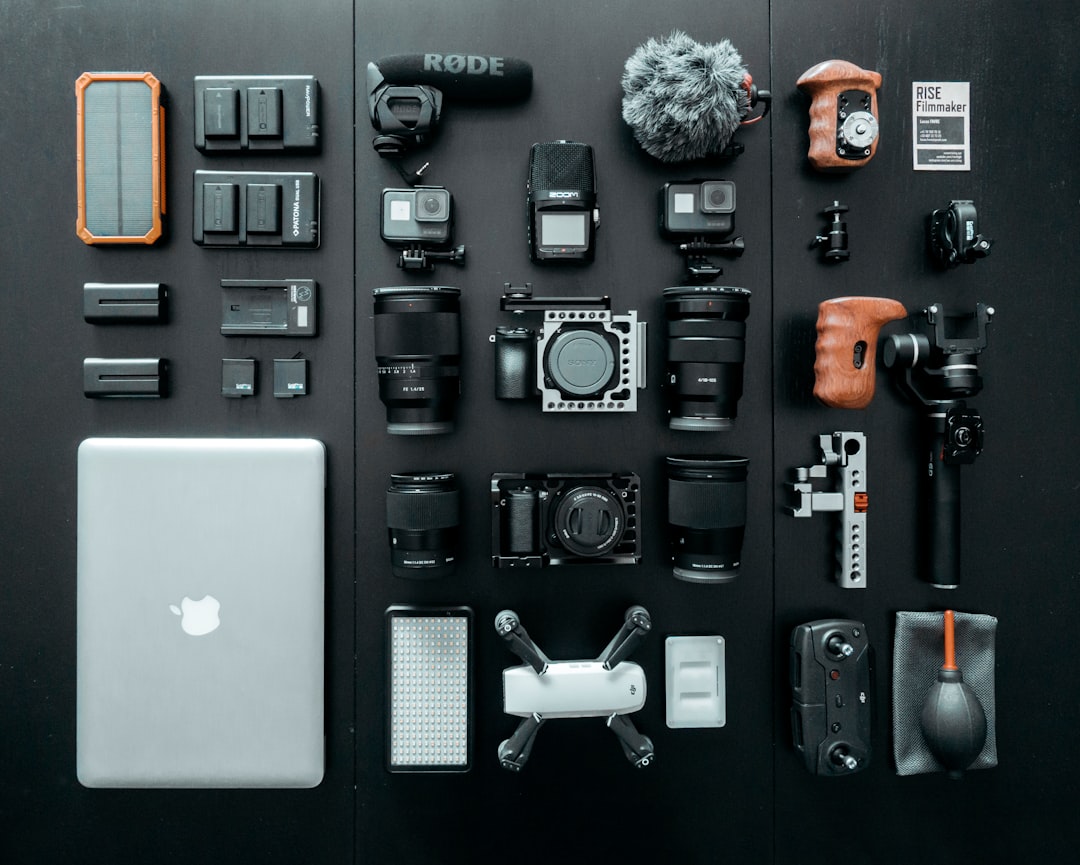
Astrolabe
Compass
Abacus
Telescope
What type of device is a clepsydra?
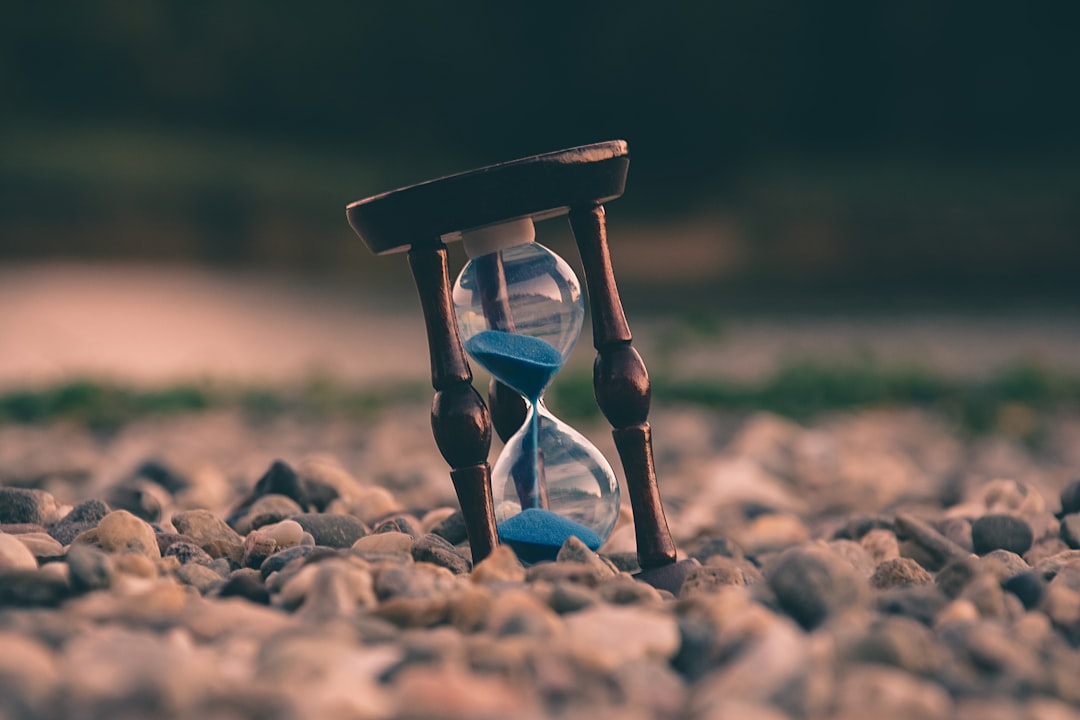
Water clock
Digital clock
Pendulum clock
Hourglass
What purpose did the Stonehenge serve in tracking time?
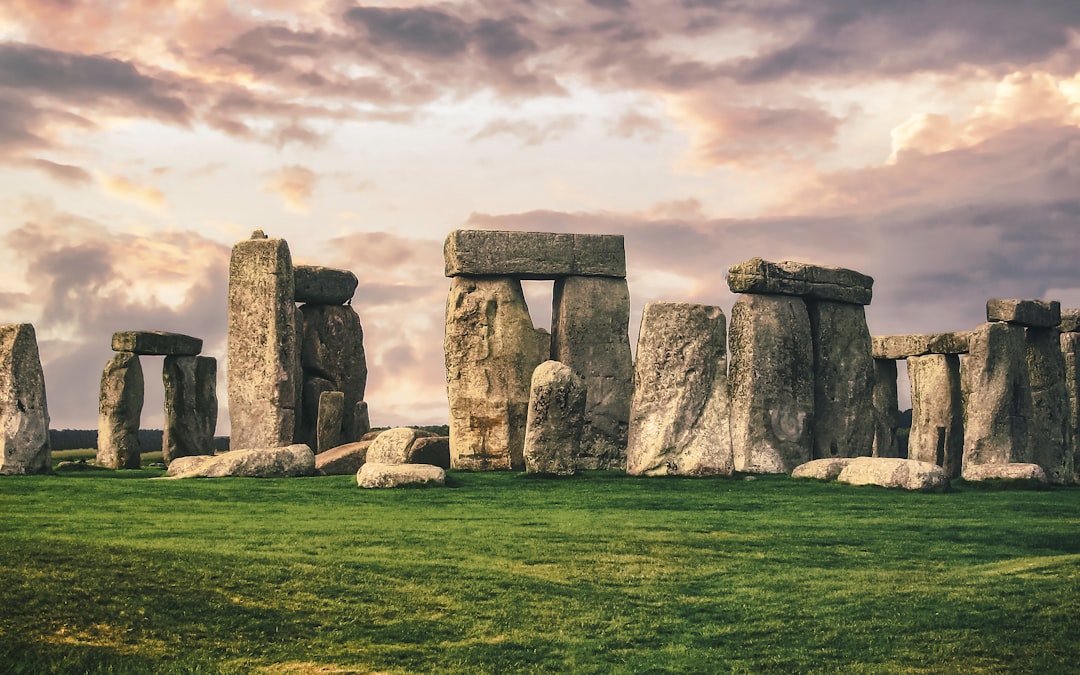
Seasonal calendar
Political gatherings
Religious shrine
Market area
What was a typical feature of ancient Egyptian sundials?
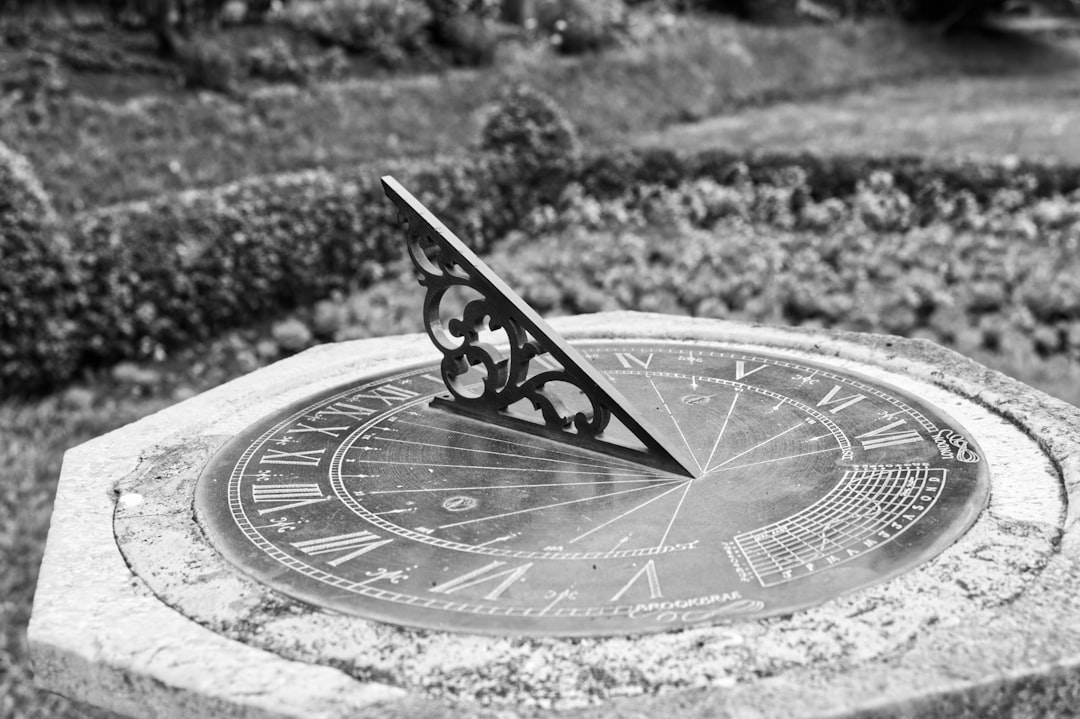
Solar alignment
Night-time use
Wooden construction
Incorporated water
What early timekeeping device used fire?

Candle clock
Sundial
Mechanical clock
Water clock
How did ancient Greeks use pebbles for timekeeping?
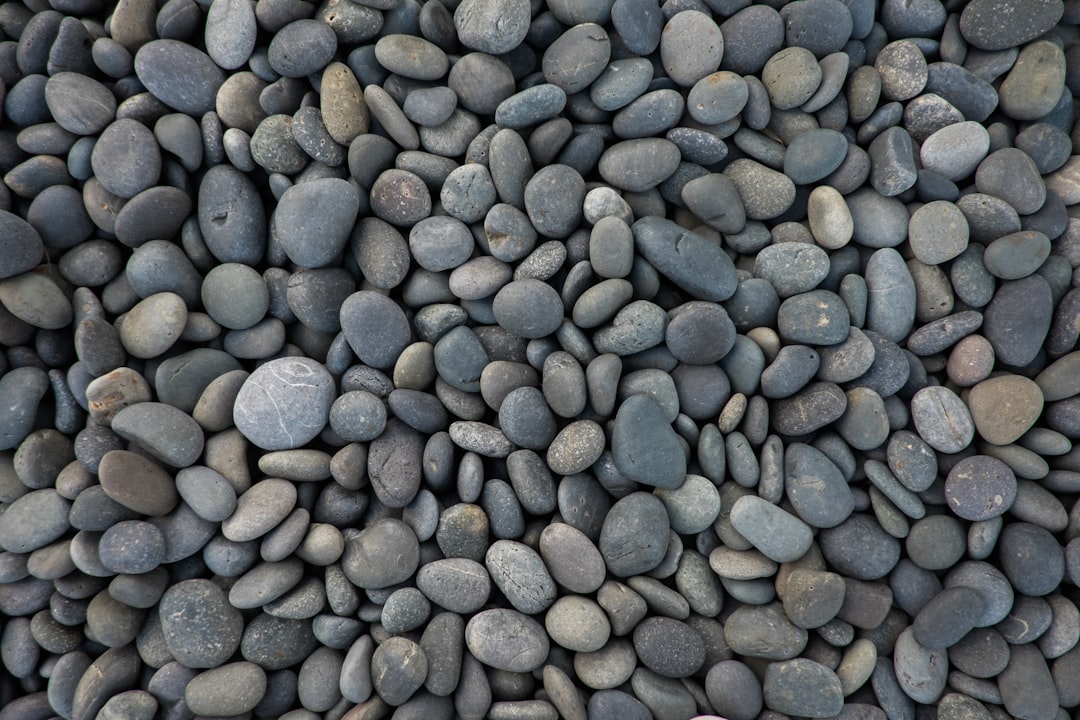
Calculating with an abacus
Measuring water flow
Marking sundial shadows
Counting time intervals
What did medieval European towns use to signal time?

Bells
Smoke signals
Flags
Lanterns
How did the invention of the pendulum improve clocks?
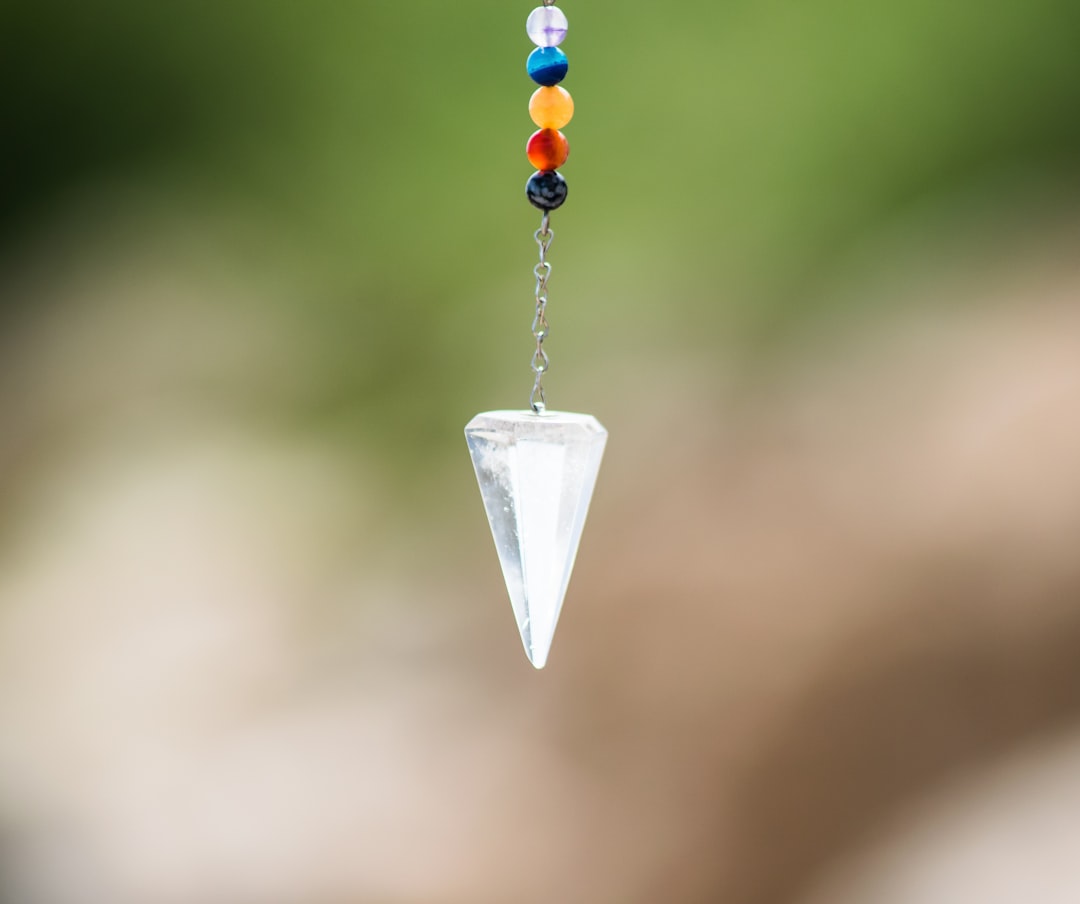
Increased accuracy
Made them cheaper
Made them larger
Reduced noise
Which material was crucial for making early hourglasses?

Glass
Metal
Wood
Stone
What ancient device helped to establish meridian lines?
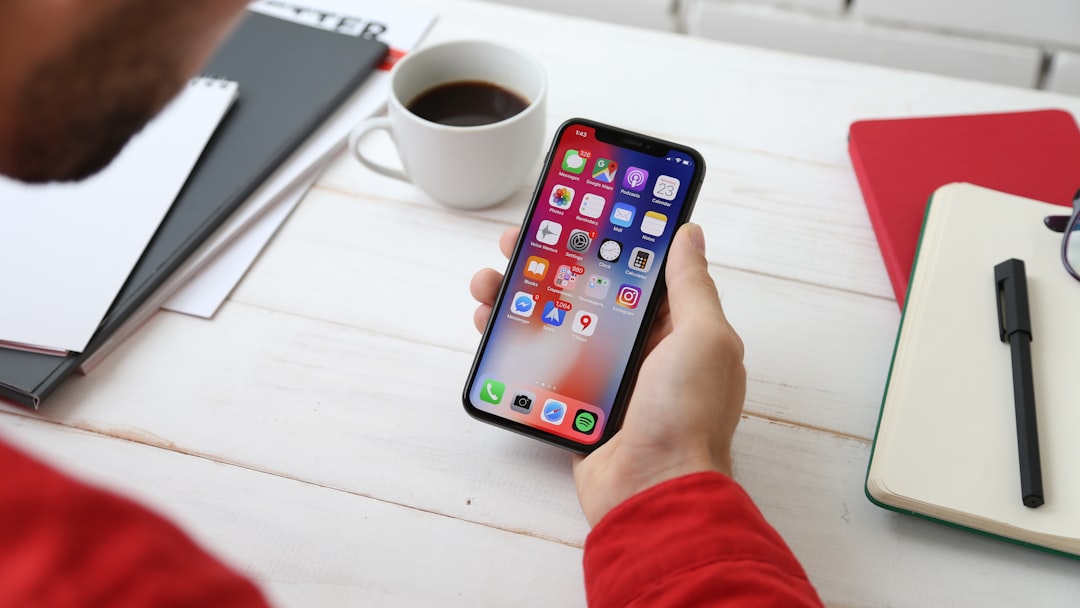
Gnomon
Astrolabe
Compass
Abacus
Which civilization developed a complex calendar that predicted solar eclipses?

Mayans
Romans
Vikings
Persians
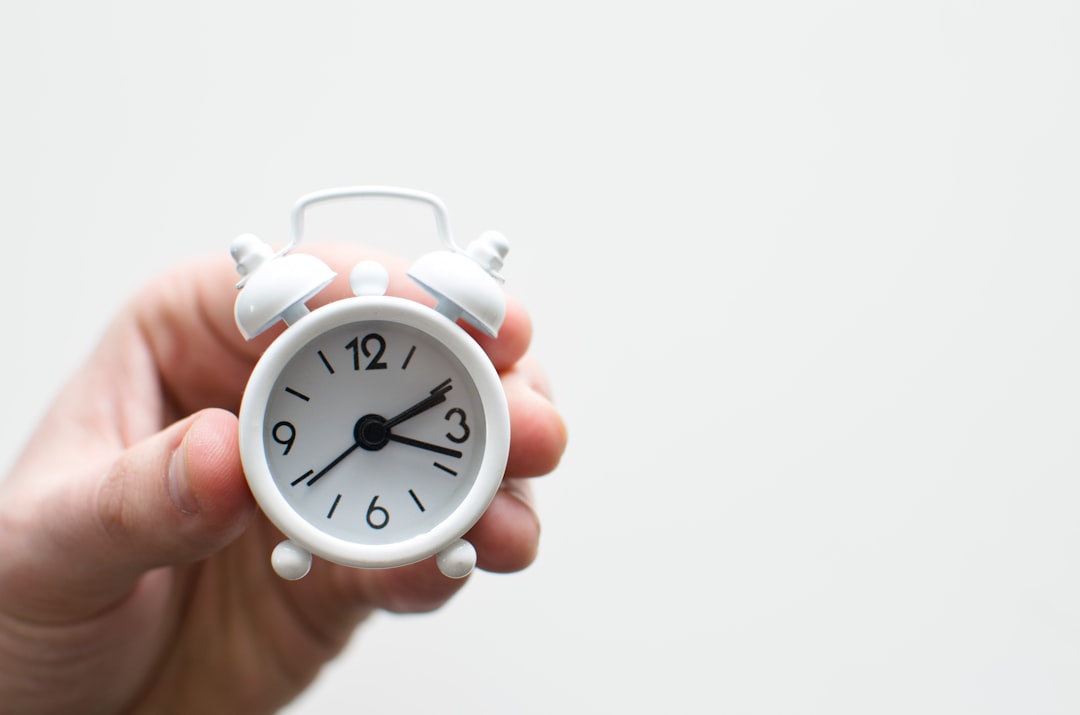
Timeless Wanderer?
Your grasp on ancient timekeeping still ticks behind!
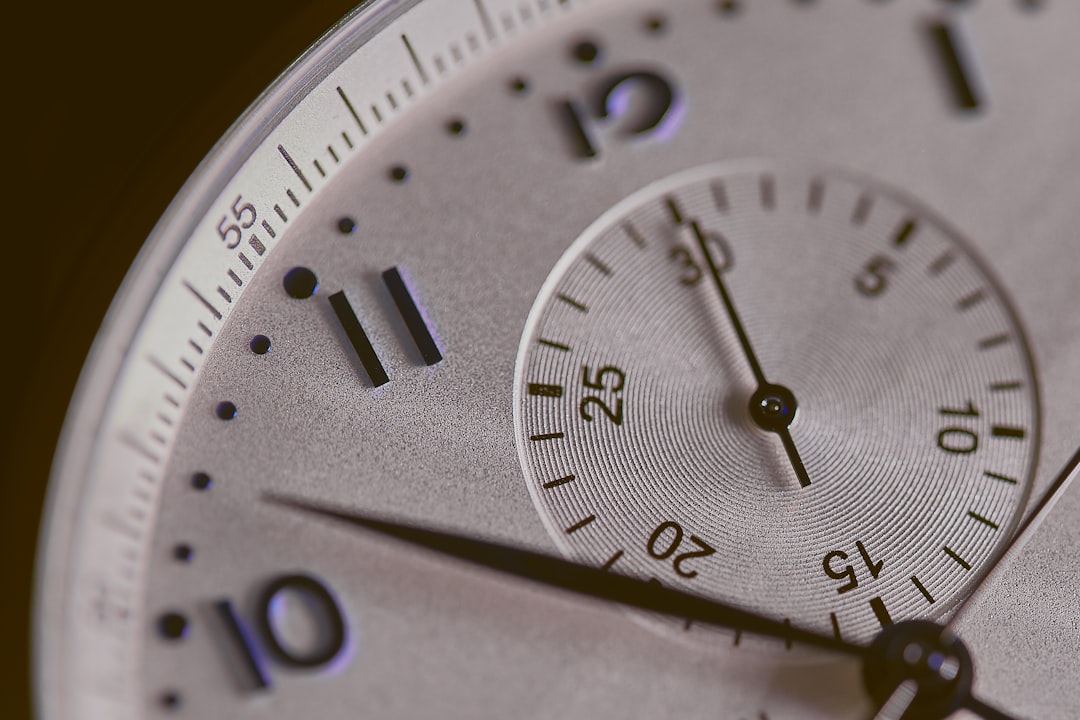
Chronological Apprentice
You’re winding up the gears of timekeeping knowledge!
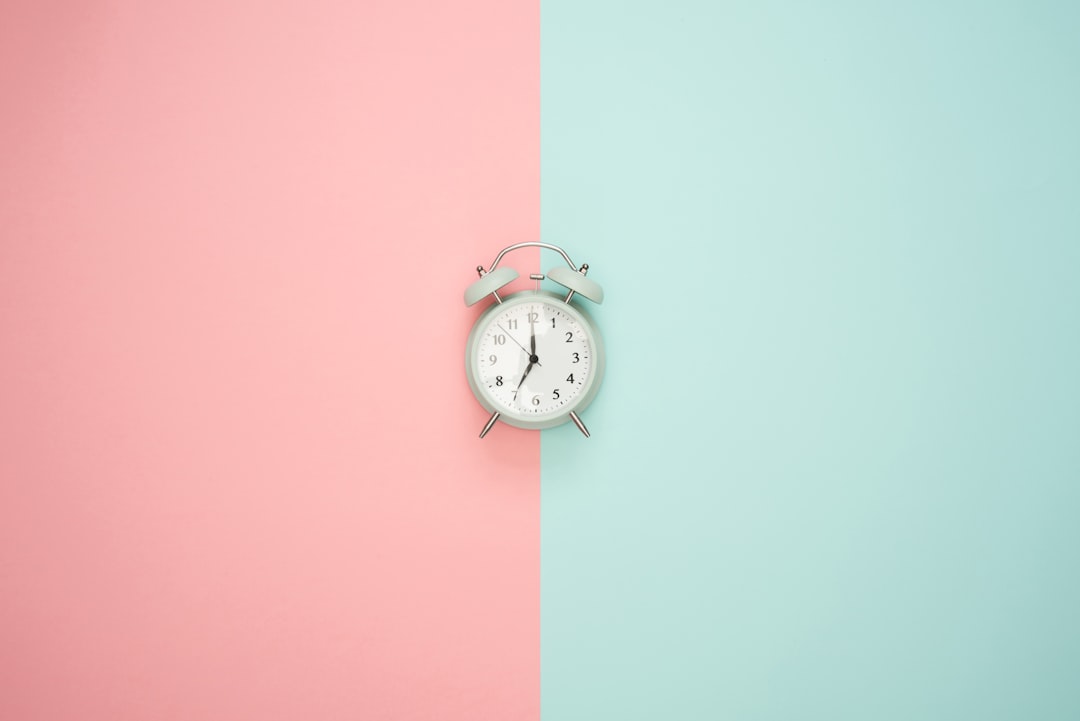
Master of Hours
You’ve precisely set the sundial of ancient time mastery!


